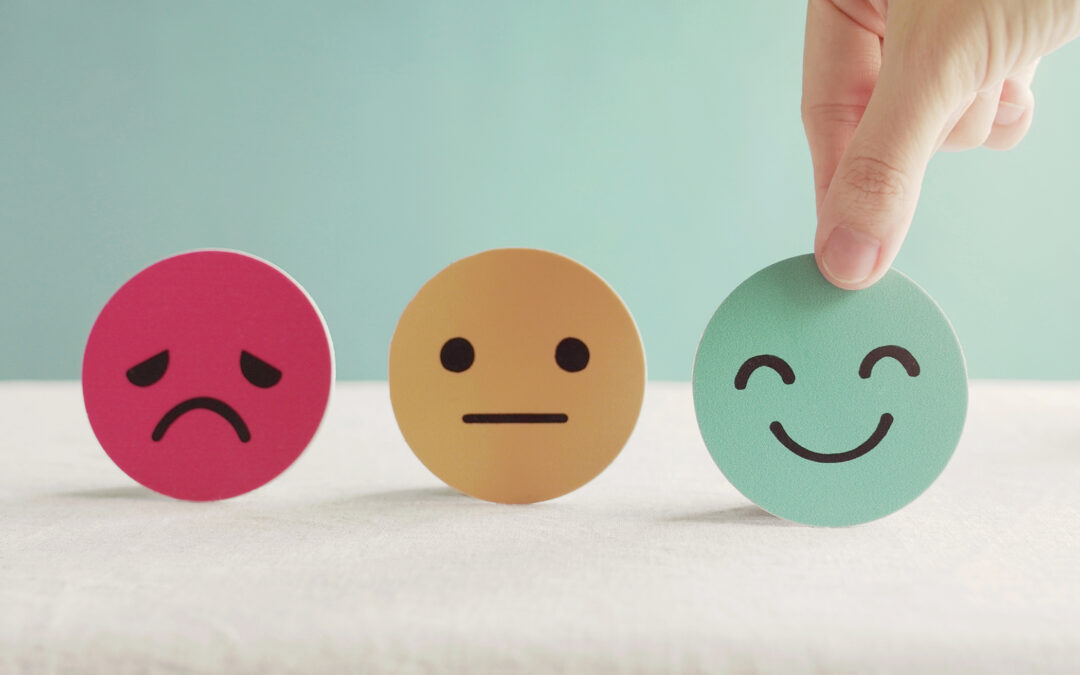Mental health exists on a spectrum from mental wellness to mental distress. On any given day we might be anywhere on that spectrum and we might move around the spectrum throughout the day. It is important for all of us to discuss our mental well-being openly and honestly and to be aware when a friend or family member may be close to the distress zone for any length of time.
The California Mental Health Services Authority is promoting the mental health spectrum as part of Mental Health Awareness Month and is part of the Take Action 4 Mental Health Campaign (takeaction4mh.com). I encourage you to visit this site and to learn more about the mental health spectrum as well as tips for how to check in with your children, other family members, and your friends.
Mental health includes our emotional, psychological, and social well-being. It affects how we think, feel, and act. It also helps determine how we handle stress, relate to others, and make choices. It means having good ways to deal with your feelings and enjoy life, even when things are hard.
Our mental health is influenced by biological, psychological, social, and environmental factors which interact in complex ways. These include: structural factors such as safe living environments, employment, education, freedom from discrimination and violence, and access to economic resources. The diseases of mental health can be less severe if we work to reduce the structural factors, raise awareness of the genetic and biological factors, and seek support early when symptoms are mild.
Sadly, the mental health of our youth has been declining over the past several years, to the point that the US Surgeon General issued a rare advisory on the youth mental health crisis. This advisory noted that, “from 2009 to 2019, the share of high school students who reported persistent feelings of sadness or hopelessness increased by 40%, to more than 1 in 3 students. Suicidal behaviors among high school students also increased during the decade preceding COVID, with 19% seriously considering attempting suicide, a 36% increase from 2009 to 2019, and about 16% having made a suicide plan in the prior year, a 44% increase from 2009 to 2019. Between 2007 and 2018, suicide rates among youth ages 10-24 in the U.S. increased by 57%, and early estimates show more than 6,600 suicide deaths among this age group in 2020.”
It is vital that we pay attention to the well-being of our youth and stay aware of the signs and symptoms that a young person may exhibit that indicate mental health distress, including:
- Change in sleep patterns – sleeping more or less, waking up during the night
- Change in appetite
- Withdrawal from normal activities, loss of interest in friends
- Persistently low mood, anger, irritability
Additionally, it is important to check in about self-harm and thoughts of suicide. Asking about suicide – do you plan on killing yourself? – reduces the risk of a death by suicide and can provide an opportunity to get a young person the help that they need. If a young person answers yes to this question, please get them to the nearest emergency room or call 911 if you cannot transport them safely.
Parents/guardians should consider asking your pediatrician to complete a mental health screening for your child at each year’s well check. Most pediatricians follow the American Academy of Pediatricians guidelines and are ready and willing to provide these screenings. These screenings are equally as important as immunizations, dental check-ups, healthy eating, and regular exercise. Also, trust your gut. If you think something is wrong, you observe a change in personality, fall off in participation in activities, or just sense something is off, consult with your primary care provider or a mental health provider (we are always happy to field your questions: info@www.wpc-oc.org).
The WPC provides prevention and treatment services on secondary school campuses in San Clemente, San Juan Capistrano, and Aliso Viejo, via telehealth, and at our community clinic in San Clemente. We provide prevention education through our BiMonthly eNews, virtual and live education events, and through our website – www.wpc-oc.org, and we partner with other mental health providers and youth serving organizations to bring mental wellness resources to a larger audience. We meet with youth in the community and at schools to help them gain knowledge about supporting their mental well-being and making healthy choices.
